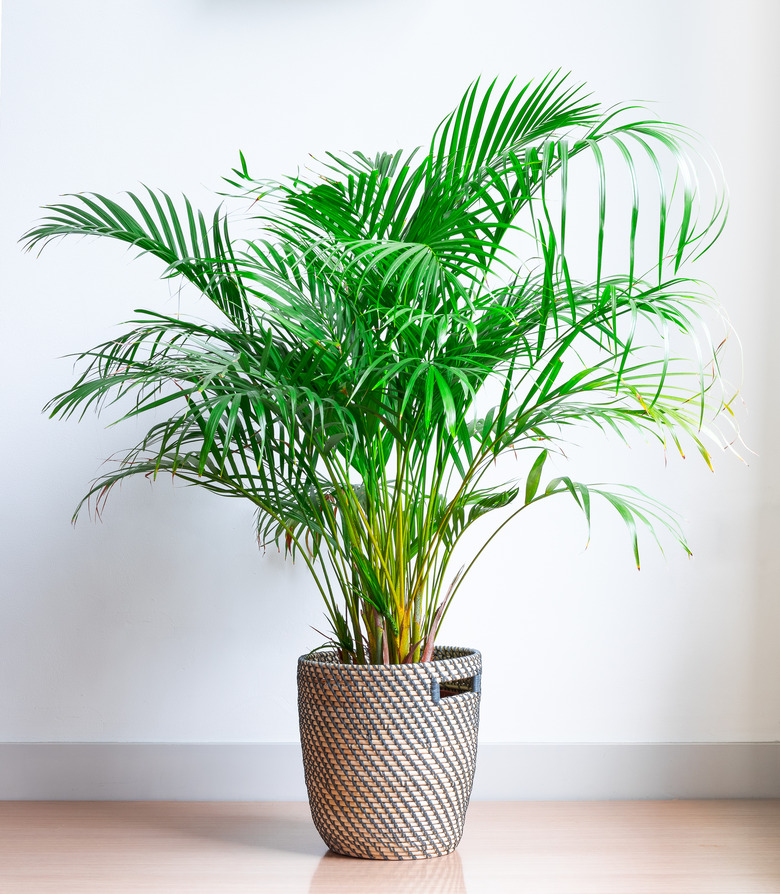How To Plant A Palm Cutting
Palms are flowering plants known as monocots, and though some types grow to towering heights, they have more in common with grains and grasses than they do with trees. Although their stems develop woody material, palms, like all monocots, don't put out branches or other offshoots that can grow roots. Consequently, you can't propagate them from cuttings. You can, however, propagate them by separating suckers from the roots and growing those, or you can sow seeds, which is the preferred way to propagate some palms.
Separating Palms for Replanting
To obtain a piece of a palm plant for replanting, you have to uproot the palm and look for suckers growing from the roots. A sucker is a side shoot that may emerge and develop its own foliage, so in a sense, it's a cutting, although when you remove it, you're basically separating a baby plant from its mother. As you might expect, the separation can stress a plant, so propagating this way doesn't always work. Choose a sucker at least a foot long that has developed its own root system to increase your chances of success.
After uprooting the mother plant, cut the sucker as close to the base of the parent plant as possible. The roots may have grown together, so unravel them carefully. It may take some patience to separate the roots without injuring either of the plants you're separating. Once the roots are separated, you can replant the parent plant and plant the sucker in a different location.
Planting the Palm Sucker
You may eventually want to plant the palm out in the yard, but first, you should allow it to mature in a 4-inch pot.
- Palms like loose but fertile and well-draining soil, so fill the pot with a one-to-one mixture of potting soil and sand or perlite.
- Moisten the soil, make a hole deep enough to cover the entire root system, insert the sucker and backfill.
- Palms need plenty of water, especially when struggling to acclimate to a new location, so keep the soil moist and maintain the temperature at 70 degrees or more. You may have to water daily for a month or so or until the plant is established and begins to show new growth, after which you can start letting the soil dry out before you water.
- Palms require more of some nutrients that other plants don't, including magnesium, iron, and manganese, so fertilize your plant with a product designed specifically for palms, such as Miracle-Gro Shake 'n Feed Palm Plant Food, following the instructions on the label.
Replanting the Palm Outdoors
Spring is the best time to plant palms outdoors, so if your sucker grows quickly, you may have to transfer it to a larger pot before moving it outside.
- Choose a location that is suitable based on the moisture and sunlight needs of your palm.
- When conditions are optimal, dig a hole twice as wide, and just as deep, as the root ball. Backfill with native soil.
- Just as it did when you first planted it, the young palm will need to be watered daily until it becomes established. Water deeply until the soil is thoroughly wet down to the base of the root ball but don't overwater because you don't want the roots to rot.
- When the palm shows new growth, you can cut back the watering to twice a month.
